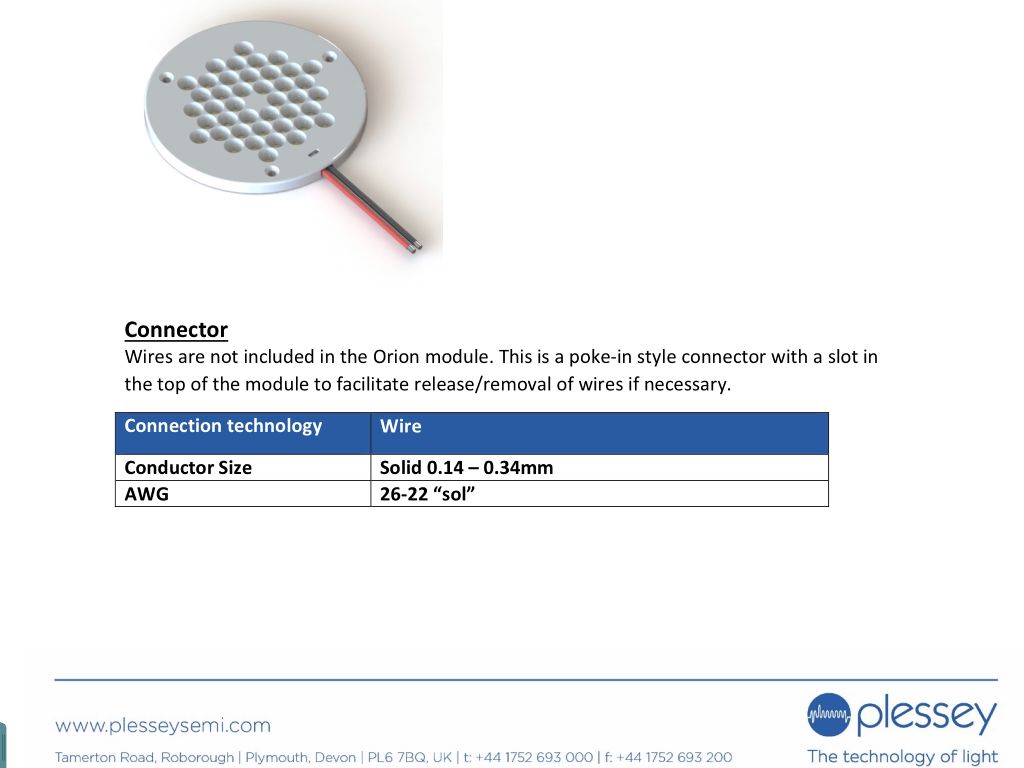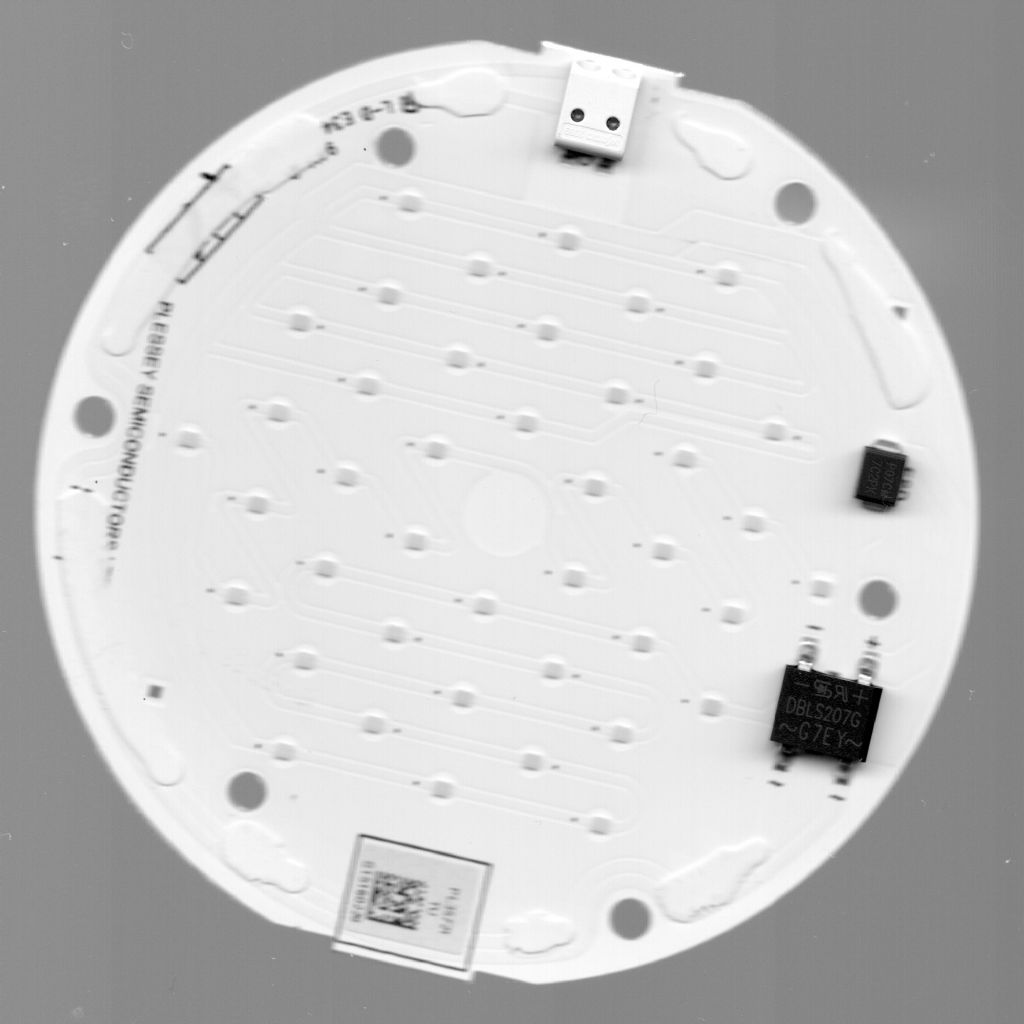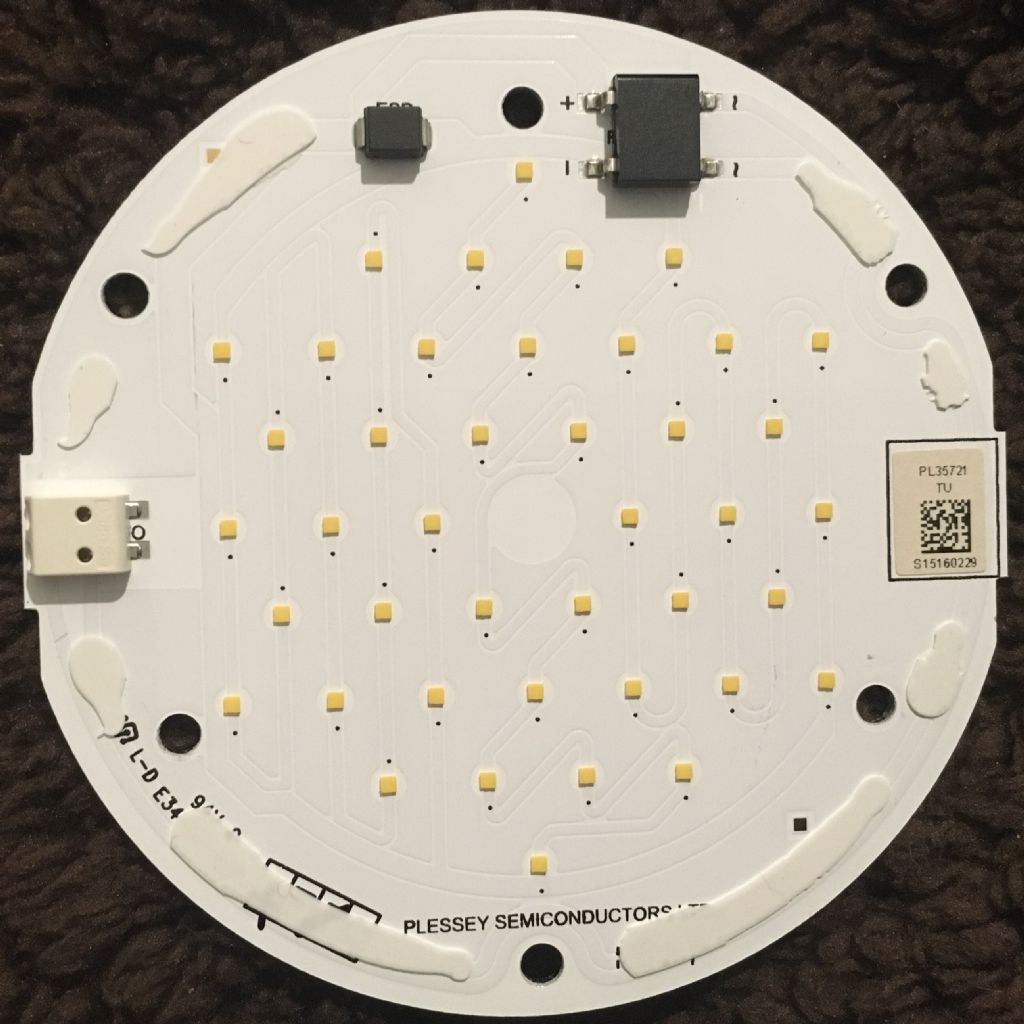Some VERY interesting LED modules
Some VERY interesting LED modules
- This topic has 134 replies, 19 voices, and was last updated 26 December 2024 at 22:11 by
 Mark Easingwood.
Mark Easingwood.
- Please log in to reply to this topic. Registering is free and easy using the links on the menu at the top of this page.
Latest Replies
Viewing 25 topics - 1 through 25 (of 25 total)
-
- Topic
- Voices
- Last Post
Viewing 25 topics - 1 through 25 (of 25 total)
Latest Issue
Newsletter Sign-up
Latest Replies
- “swedish iron”
- TurboCAD – Alibre File Transfers.
- Another Day … Another ScumBag
- Sat nag
- buying machine tools from aliexpress experiences?
- Adjustable spanner thread direction
- Chester Champion, warco ZX15 drawbar
- Bosch PBD 40 bearing upgrade
- Square end on round stock – Milling?
- motor and switch wiring Myford ML7







